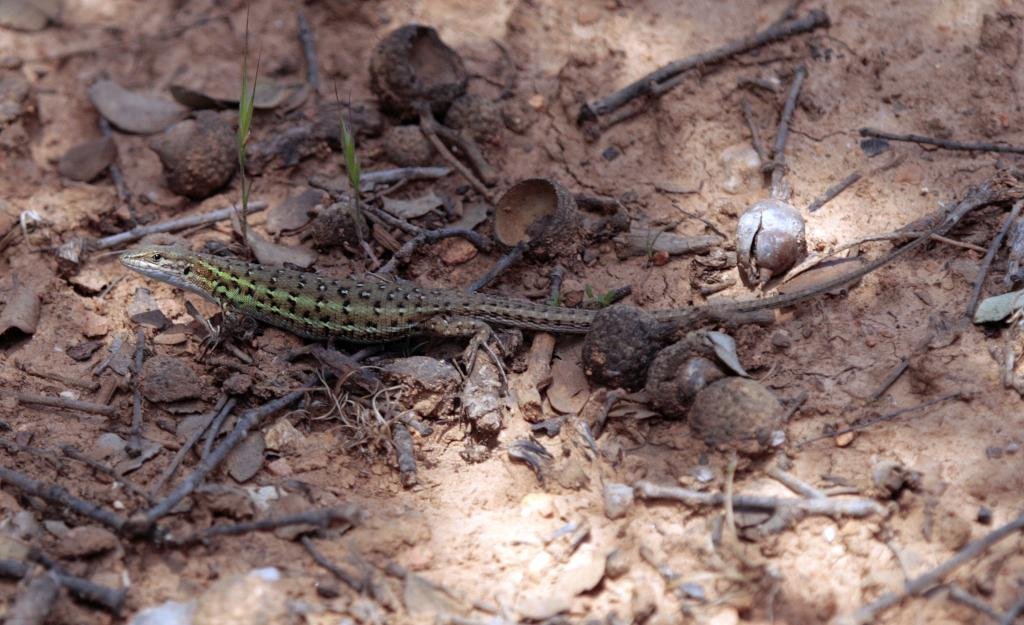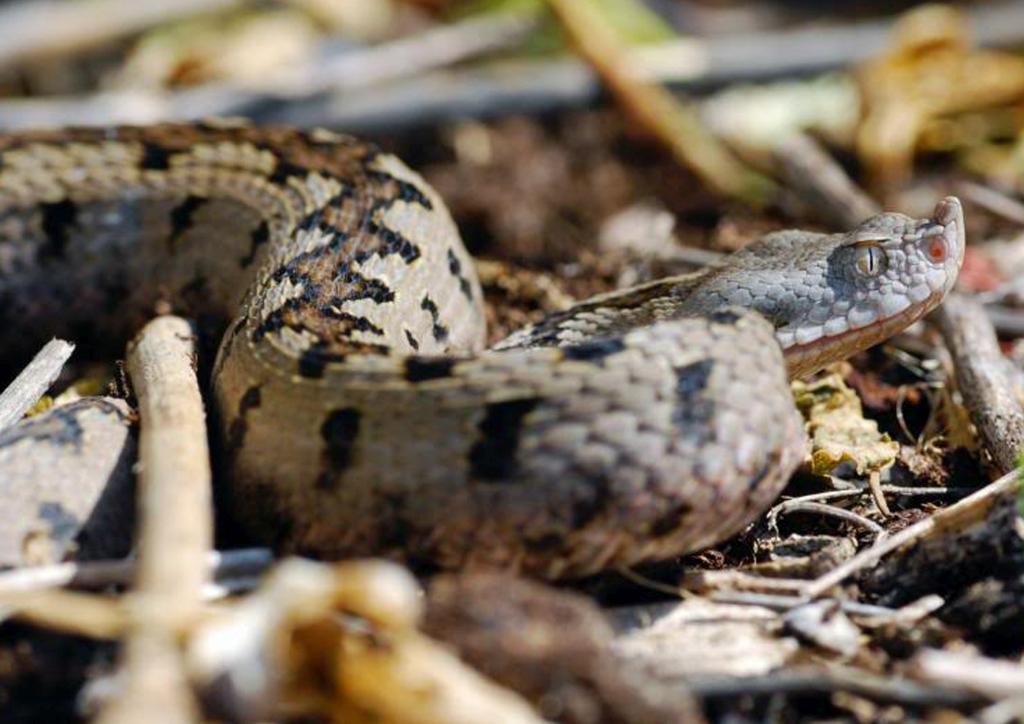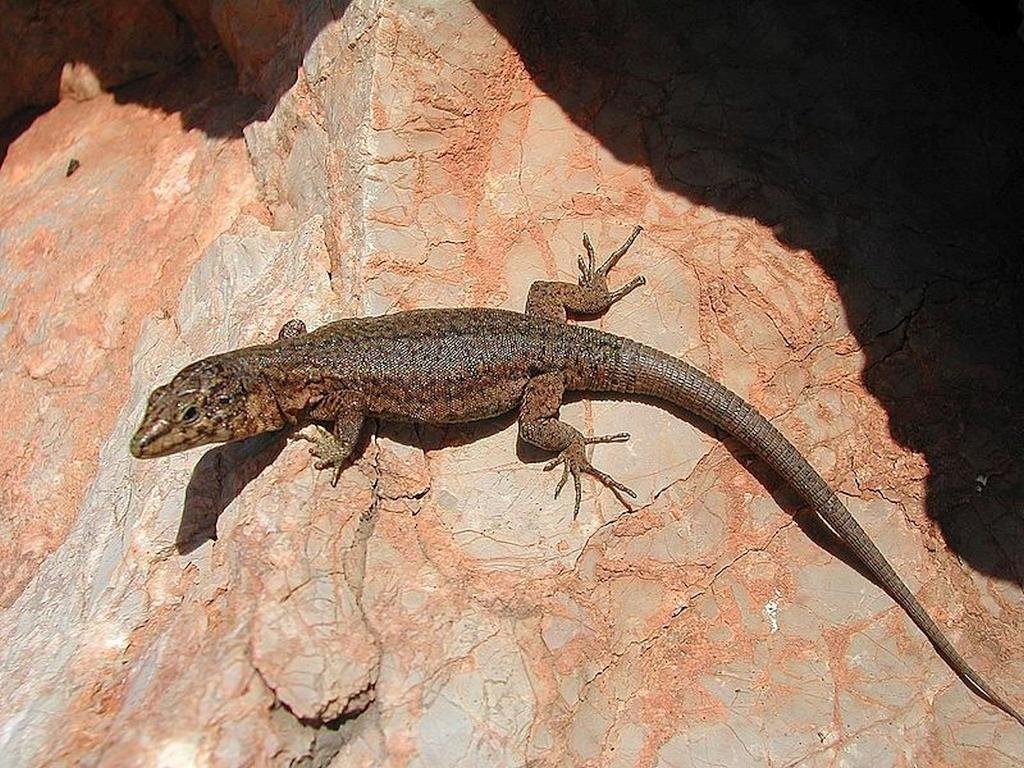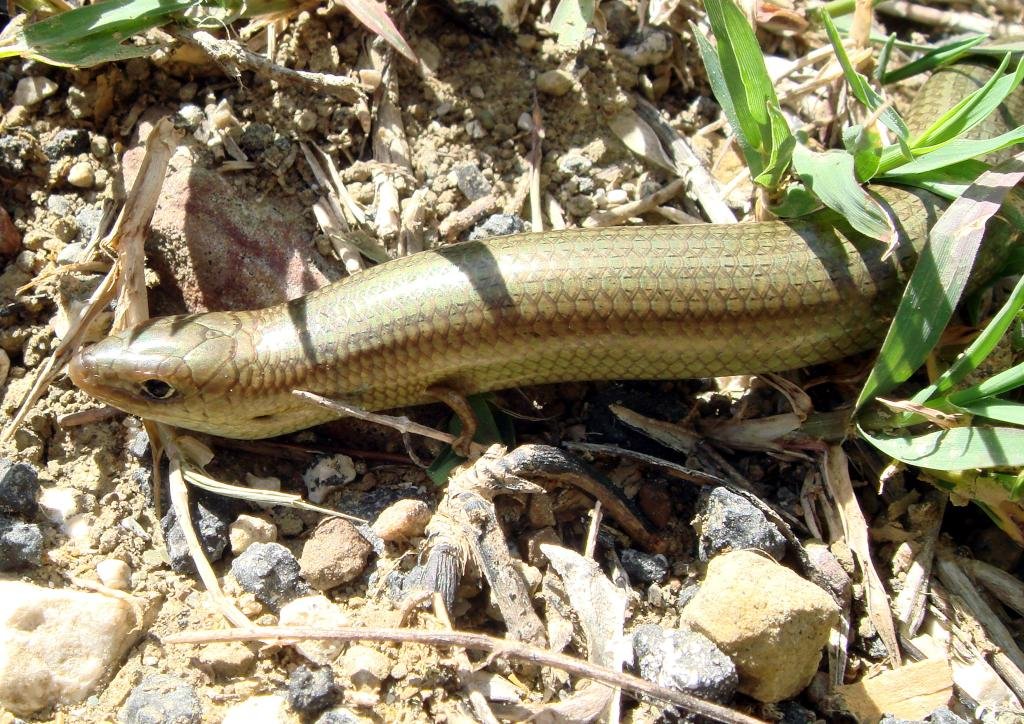Spanish Psammodromus (Psammodromus hispanicus) Lagartija cenicienta
English: Spanish Psammodromus / Sandrunner Scientific: Psammodromus hispanicus hispanicus Spanish: Lagartija cenicienta Portuguese: Lagartixo-do-mato-ibérico Family: Lacertidae Distribution: Iberia, Western and central Iberian Peninsula (Spain and Portugal). (Absent from most of north and all of north-west.) The northernmost populations were known in the 1980s from Orense, León, Tarragona, Barcelona and Gerona. Subspecies: Eastern Psammodromus hispanicus edwardsianus … Read more



